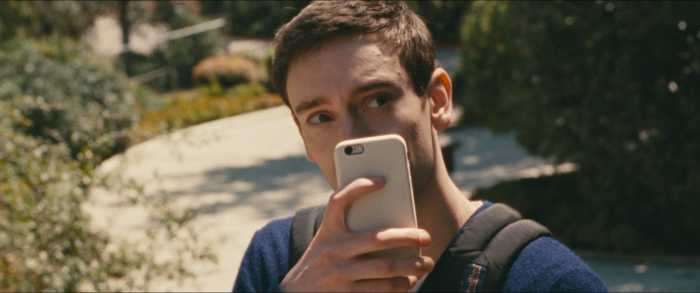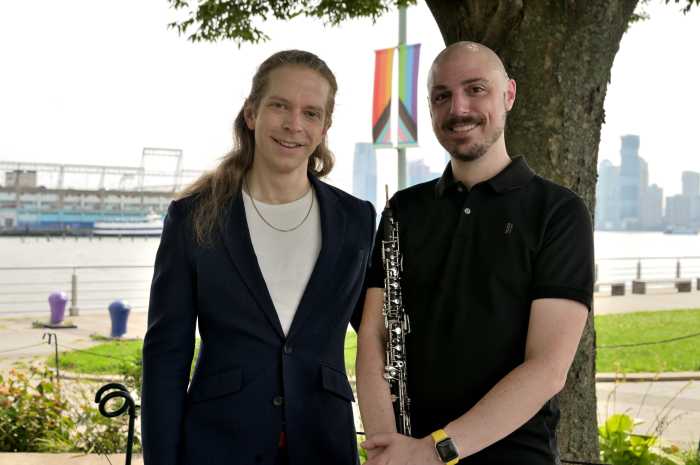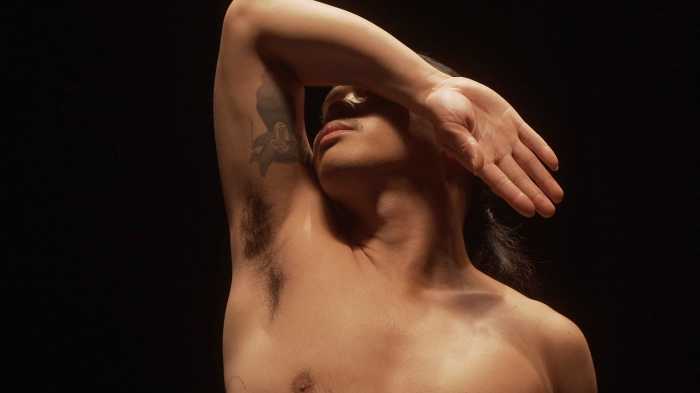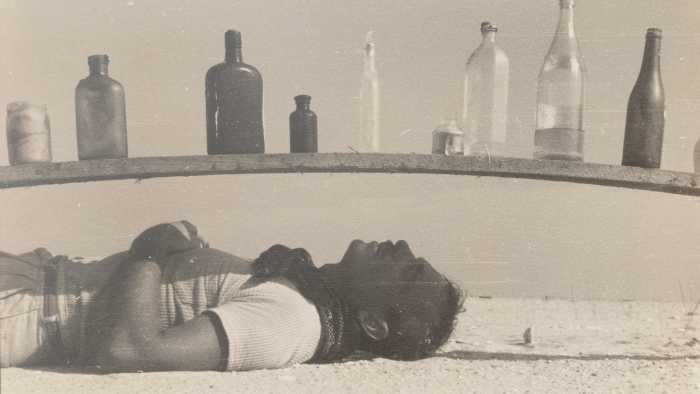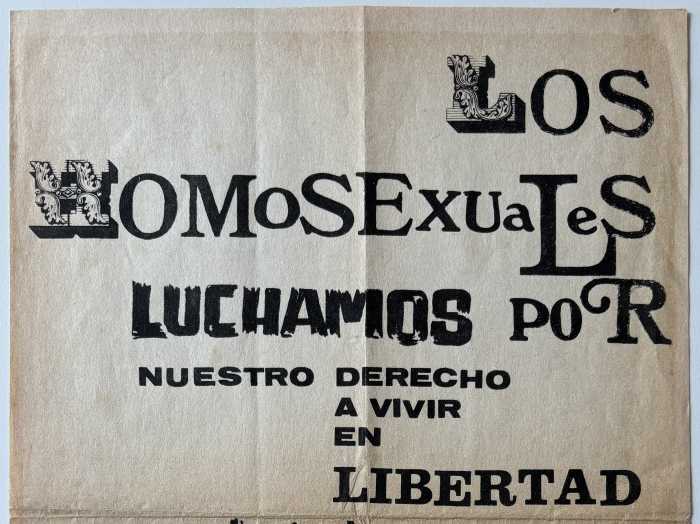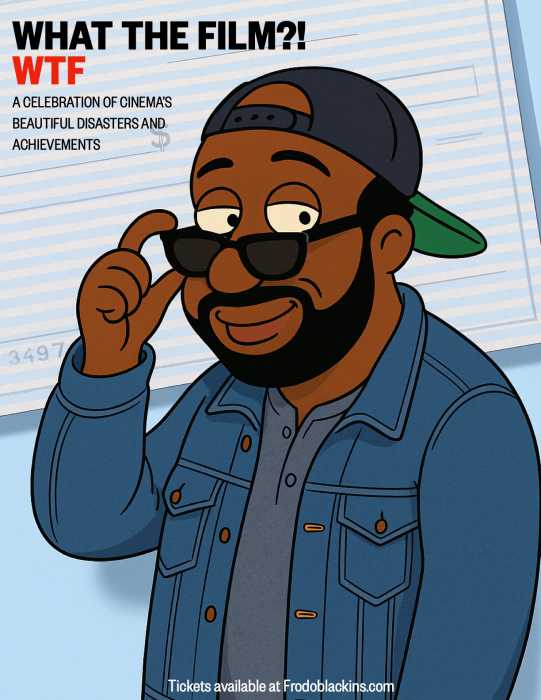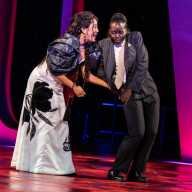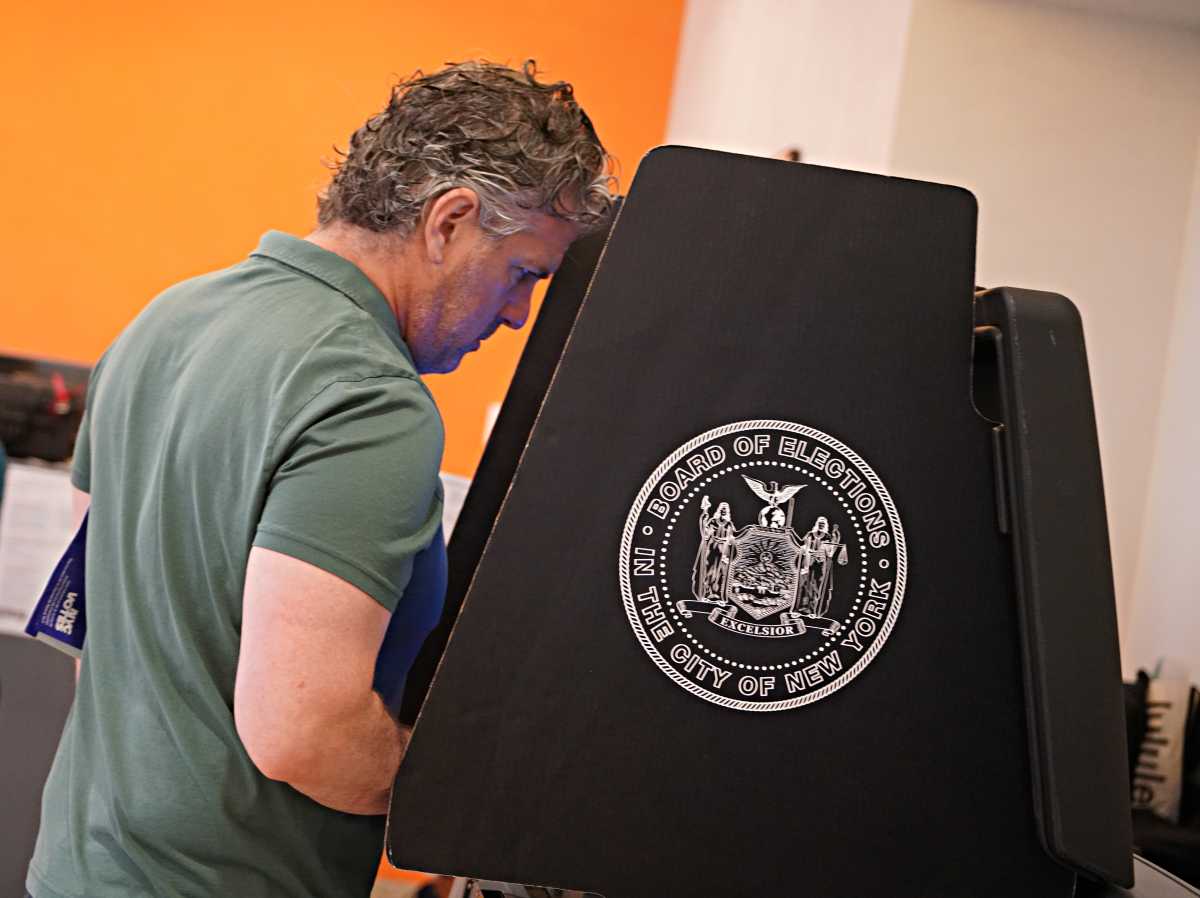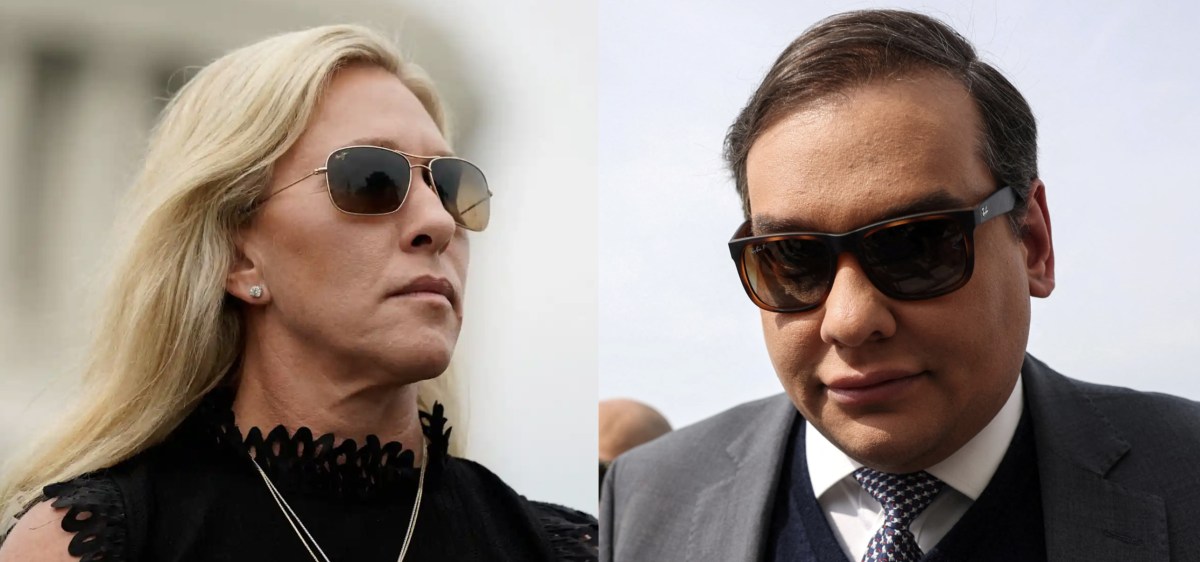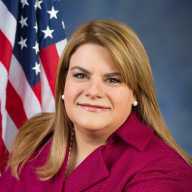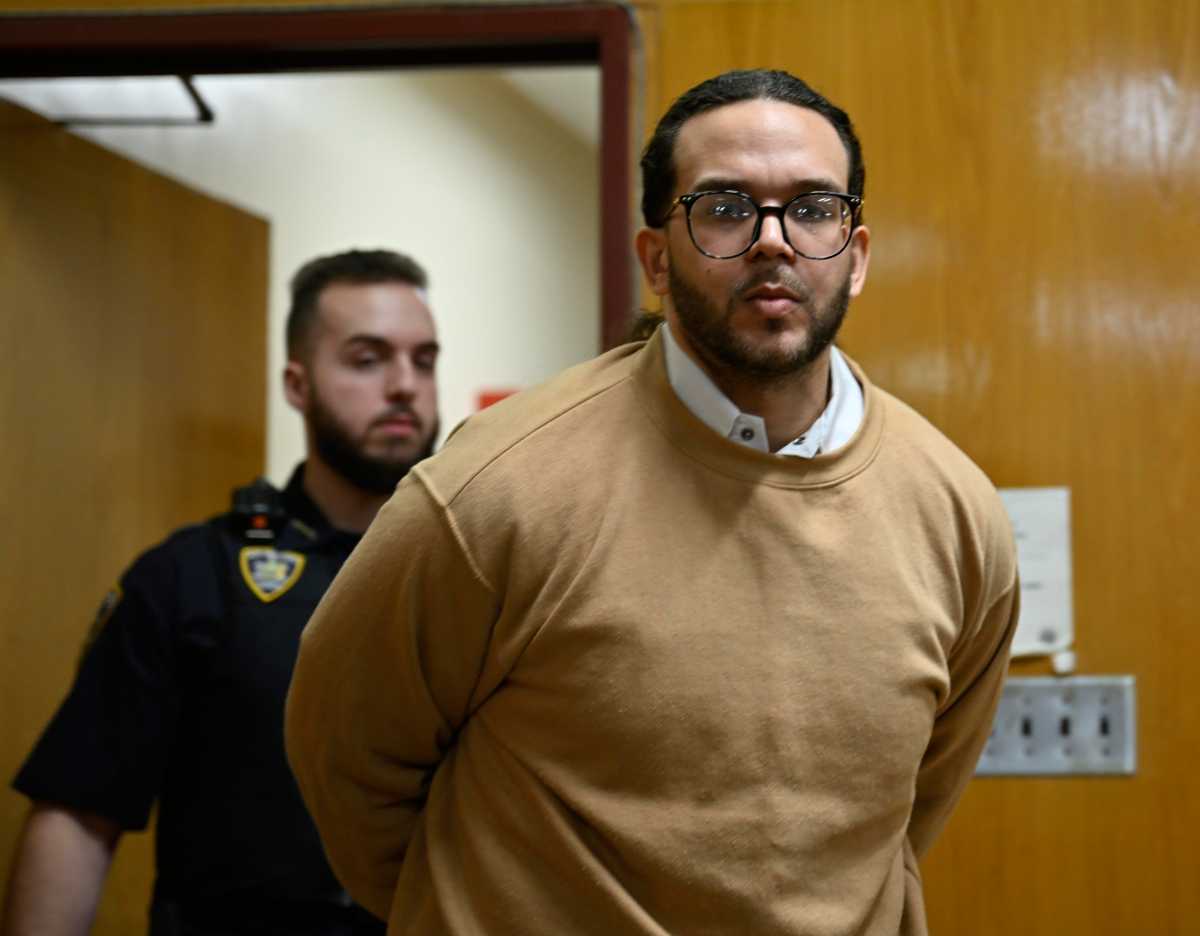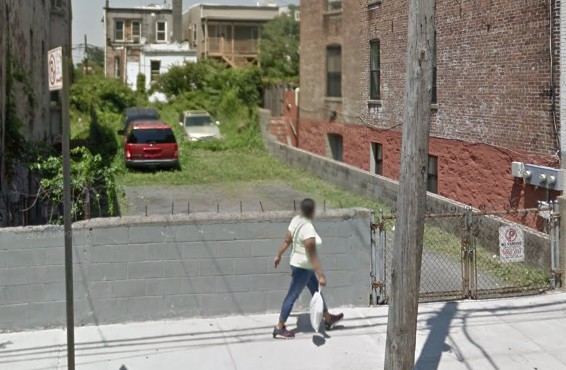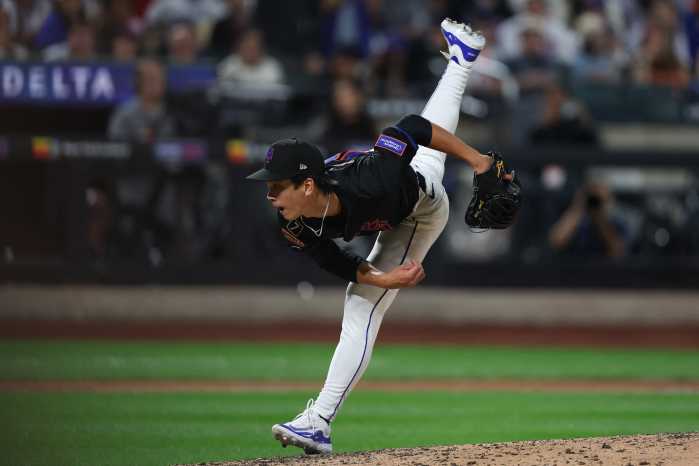BY DAVID SHENGOLD | June is generally New York's lightest month for classical music — certainly for staged opera. Two enjoyable concert stagings of popular favorites enlivened the past few weeks.
On June 10 Carnegie Hall paid tribute to Jerome Kern's 1927 landmark “Show Boat” with a mixture of Broadway and operatic participants — an apt approach for a work poised between operetta and musical comedy. The textual history of this numerously revised piece is Byzantine, but under the circumstances I wished that Paul Gemignani had not opted for the late-'40s redaction that tends to homogenize the various styles of popular music Kern's original concept flirts with for period coloration into a “classic Broadway” sound.
“Show Boat” and “Tosca” without the fuss.
This approach partly blunts the dramatic point of the piece. It was great to hear the score played with such scope by the Orchestra of St. Luke's, but, especially given the singers involved, the amplification was cranked up routinely as if we were hearing “Phantom” or “Cats.” Almost none of the singers would have needed major miking in Carnegie, and as usual the hazy acoustic electronic wash made identifying the source of any given sound obscure — a missed opportunity.
Yet it proved a lot of fun. In distinction to the ghastly camp-and-shtick fests Lonny Price has perpetrated on Philharmonic — and, unfortunately, television — audiences, Francesca Zambello did a very good job of creating the world of the show simply and dynamically. I wasn't enraptured with the pseudo-period projections, but the lighting of the playing areas was apt and Zambello and her collaborators caught the contrasting atmospheres of the geographically and temporally disparate locales.
Plus, Zambello knows how to get characters on and off a stage with dramatic point and how to handle crowds — the pointed separation and mixing of the black and white choruses was very insightful.
A special word must be said for Gregg Barnes' superb costumes, which in and of themselves helped the performers swiftly delineate character. For better or worse, the outlines of Celena Shafer's gown-with-bustle did make it seem like Magnolia was in motion even when she stood still.
Shafer sang delightfully, and gave the sense — once again, for better or worse — that she might well have played this part in summer stock. Nathan Gunn somehow managed to retain his shirt for the entire evening and — granted that the baritone version of Ravenal's music makes less musico-historic sense than the original tenor conception — gratified the ears. He started out a little stiffly, but by the time he “auditioned” for the Cotton Queen show he was able effectively to parody stiffness. If he's no John Raitt or Alfred Drake, Gunn's smooth voice does sound lovely in the traditional Broadway idiom.
I felt torn about Carolee Carmello's Julie. She is just the kind of wonderful, star-material-but-somewhat-overlooked performer I adore, and her initial scenes were excellent. But the immortal “Bill” was delivered directly to the rabid show queens as a post-Betty Buckley cabaret numbah, with no attempt at period stylization. She brought the house down, but the character vanished in the delivery.
Alteoiuse deVaughan had her moments, but didn't quite straddle the divide between classical and pop delivery that Queenie's part requires in a number such as the — here considerably cut — “Ballyhoo.” Granted, the bar set by Karla Burns and Gretha Boston for this part is very high!
Alvy Powell gave Joe dignity, and the top range sounded fine, but he was disappointingly scratchy in the depths of the oft-recycled “Old Man River.” Theater pros Jonathan Hadary (Cap't Andy), the ever-droll Becky Ann Baker (Parthy), and Gregg Edelmann (Steve) all provided quality work. Gavin Lee did a fine, energetic turn as the trick-dancing Frank, but I found Megan Sikora hard to take as his opposite number Ellie May — very “televison” in line delivery and vocally a trial.
Little Carly Rose Sonenclar sang very prettily and with admirable pitch as Kim, whom we don't hear as a teen in this version. The cameo of the night was the indomitable Marilyn Horne, who looked hearteningly radiant as she delivered the Old Lady's lines with clarion diction and wit.
There was no listed director for the Philharmonic's concert staging of “Tosca” and apparently Lorin Maazel's original idea was just to have all the soloists sitting onstage throughout. Fortunately he thought the better of that and someone supplied exits and entrances, which made the story flow visually. It was salutary to see a “Tosca” devoid of the props — Magdalene painting, basket, fan, knife, safe-conduct pass, cross, parapet, etc. — which so underline the story. This shunted the burden of providing drama, particularly in the heavily visual-based ends of Acts Two and Three.
Maazel, whose leadership at the fourth and last performance (June 19) tended toward double fortisssimo and alternated insightful accompaniment with puzzling ritardandi, did showcase some excellent playing — bravi to the celli — and it was fun to see thrice-familiar passages played onstage.
The music director did present two trump cards in the form of very substantial singers he's worked with in Europe. Chinese soprano Hui He, arrayed in a series of handsome silk gowns-with-wraps and well versed in prima donna theatricality, proved secure from top — utterly reliable B flats, Bs, and Cs — to bottom and commanded an imposing, smooth tone which she can warm and deploy in billowing arcs. She evoked Gilda Cruz-Romo — not verbally the most incisive or illuminating performer but an utterly secure, vocally and dramatically valid Tosca.
The Met would be nuts not to hire her, given that none of the sopranos bruited about for future Roman diva duties at the house — most specifically not Karita Mattila and Angela Gheorghiu, whatever their acknowledged strengths — answer to that description.
They'd be even crazier not to snap up Georgian dramatic baritone George Gagnidze, in every way a terrific Scarpia — voluminous yet pliable voice, remarkable verbal and musical nuance even while giving a fiery-eyed, malevolent star turn. Bravo!
As at the Met, Walter Fraccaro made a respectable, highly competent but never temperature-raising Cavardossi. The secure high notes are admirable, but for a native speaker he is strikingly inexpressive in phrasing, the voice almost throughout a monotonous mezzoforte, with zero facial mobility.
Among the capable comprimarios, sonorous bass Jason Grant as Angelotti and vivid Spieltenor Peter Tantsits, an oily, well-delineated Spoleta, stood out.
But Michael Wanko furnished a unappetizing compilation of all the hiccupping, yawning, squealing, and mugging Sacristan shtick ever committed.
David Shengold (shengold@yahoo.com) writes about opera for many venues.

